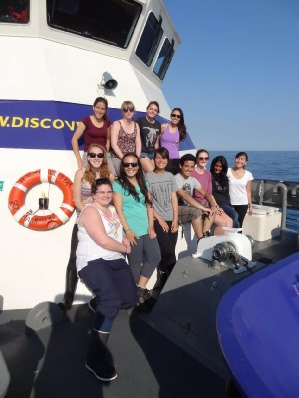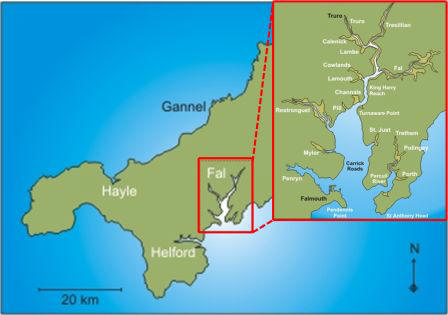

June and July 2014
M
T
W
T
F
S
S
24/06
Labs
Labs
25/06
Data Process
Data Process
27/06
Labs
Labs
29/06
30/06
Labs
Labs
01/07
Data
Process
Data
Process
02/07
Data
Process
Data
Process
03/07
Data
Process
Data
Process
04/07
Data
Process
Data
Process
05/07
End of Field course
End of Field course


